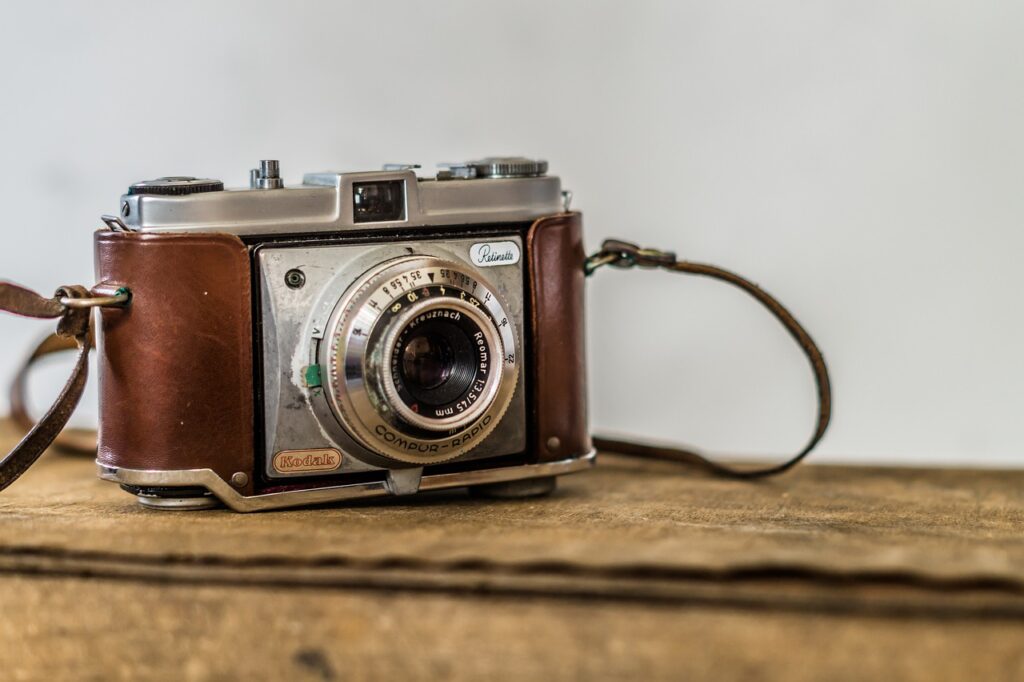3D printing allows for the design and print of more complicated designs than traditional manufacturing processes. More traditional processes have design limitations which no longer use with the use of 3D printing. 3D printing can manufacture parts within hours, which accelerates the prototyping process. This allows for each phase to complete quicker. When compared to 3D Printing Services , 3D printing is economical and quicker at creating parts as the part can be finished in hours, allowing for each design adjustment to be completed at a much more efficient rate.
The advantages of 3D printing make it one of the most promising technologies. The additive technology is among the biggest advantages of 3D printing, it opens an entire brand-new method which product are created and it uses a great deal of advantages compared to the conventional manufacturing techniques. There are many different types of 3D printing technologies available, but the advantages of 3D printing discussed here apply to the entire market. Through quick design, high levels of accuracy and the capability to make educated choices, the following 3D printing advantages make this technology a real prospect for companies however likewise highlight its significance in future production methods.
3D printing is a manufacturing technique, a growing number of utilized today to make evidence of idea, prototypes or end-products. Companies are executing 3D printing at different stages of their manufacturing procedures and rethinking their business strategy with this competitive advantage. Engineers, designers, and even enthusiasts are elaborating ingenious applications of this innovative technology. 3D printing is a strategy which develops items layer by layer from a 3D file. The process is literally offering you the capability to transform a digital variation of an item, into a physical version.
Three-dimensional (3D) printing is an additive manufacturing process that creates a physical item from a digital design. The process works by putting down thin layers of material in the form of liquid or powdered plastic, metal or cement, and after that fusing the layers together. There is not one unique method to 3D print. Undoubtedly, when thinking of 3D printing, a great deal of individuals are still thinking of the FDM process. However 3D printing is a lot more than that. There are in fact a number of possibilities, and technologies to produce parts additively. The option of your 3D printing technology and the material will be figured out by your task.
3D printing speeds are too sluggish to be used in mass production. Nevertheless, the technology has actually been used to reduce the preparation in the development of prototypes of parts and gadgets, and the tooling required to make them. This is extremely beneficial to small-scale manufacturers because it decreases their costs and the time to market, that is, the quantity of time from a product being conceived until its being available for sale. 3D printing can produce complex and intricate shapes using less material than subtractive manufacturing processes, such as drilling, welding, injection molding, and other procedures. Making models faster, easier, and less expensive enables more innovation, experimentation, and product-based startups.
3D printing saves time and for that reason costs associated with utilizing different devices for manufacture. 3D printers can likewise be set up and delegated proceed with the job, meaning that there is no requirement for operators to be present the entire time. As pointed out above, this manufacturing procedure can also lower expenses on products as it just utilizes the amount of material required for the part itself, with little or no waste. While 3D printing equipment can be pricey to buy, you can even avoid this cost by outsourcing your task to a 3D printing service company.
While 3D Printing can create items in a choice of plastics and metals the available selection of raw materials is not exhaustive. This is due to the reality that not all metals or plastics can be temperature level controlled enough to allow 3D printing. In addition, many of these products can not be recycled and very few are food safe. 3D printers currently have fine print chambers which restrict the size of parts that can be printed. Anything larger will need to be printed in different parts and joined together after production. This can increase expenses and time for majorities due to the printer needing to print more parts prior to manual labour is utilized to sign up with the parts together.
Although large parts require post-processing, as discussed above, most 3D printed parts require some type of cleaning up to eliminate assistance material from the develop and to smooth the surface to attain the required surface. Post processing approaches used consist of waterjetting, sanding, a chemical soak and wash, air or heat drying, assembly and others. The quantity of post processing needed depends upon aspects consisting of the size of the part being produced, the intended application and the type of 3D printing technology used for production. So, while 3D printing allows for the fast production of parts, the speed of manufacture can be slowed by post processing.
Subscribe to Updates
Get the latest creative news from FooBar about art, design and business.
Previous ArticleWho Else Wants To Realise The Mystery Behind Repair iPhone?
Next Article 8 Trendy Ideas For Your URL Shortener
